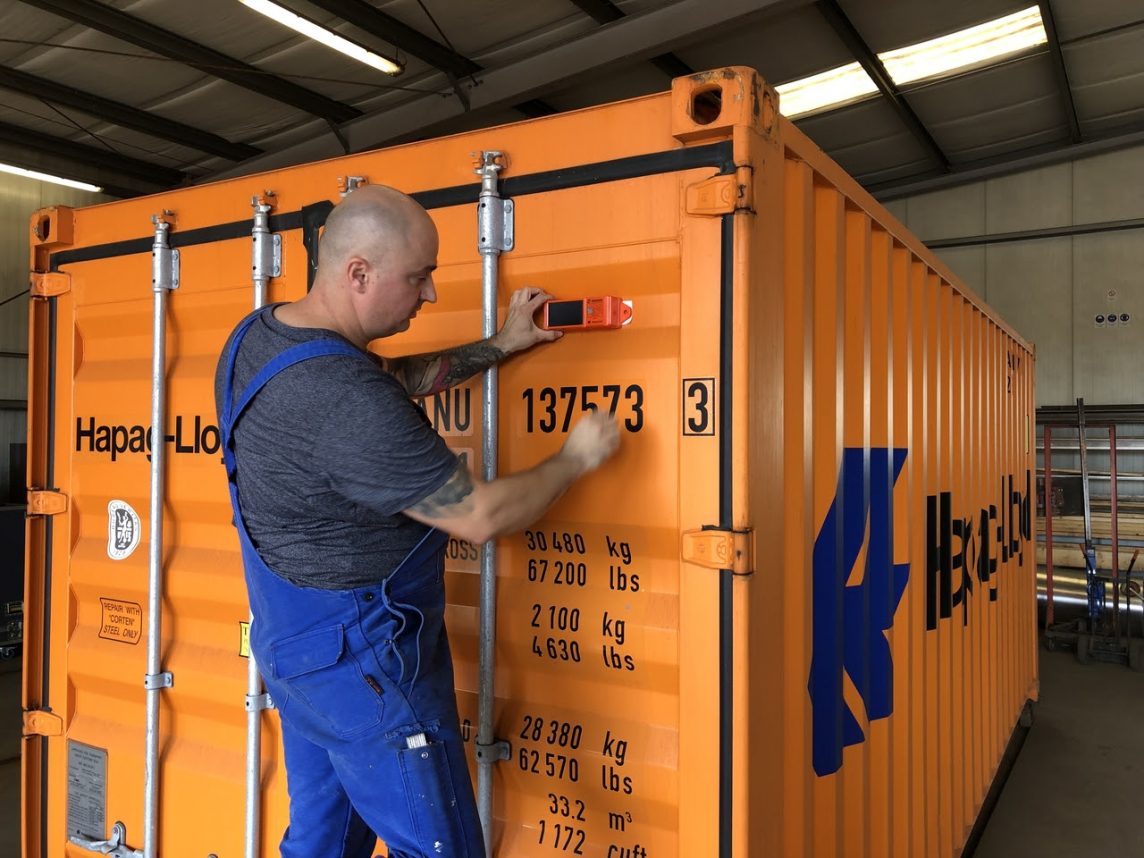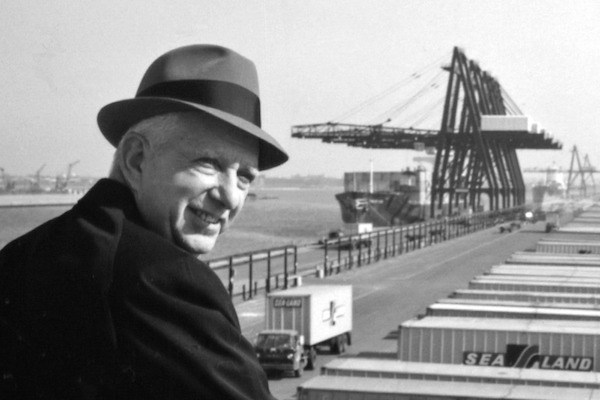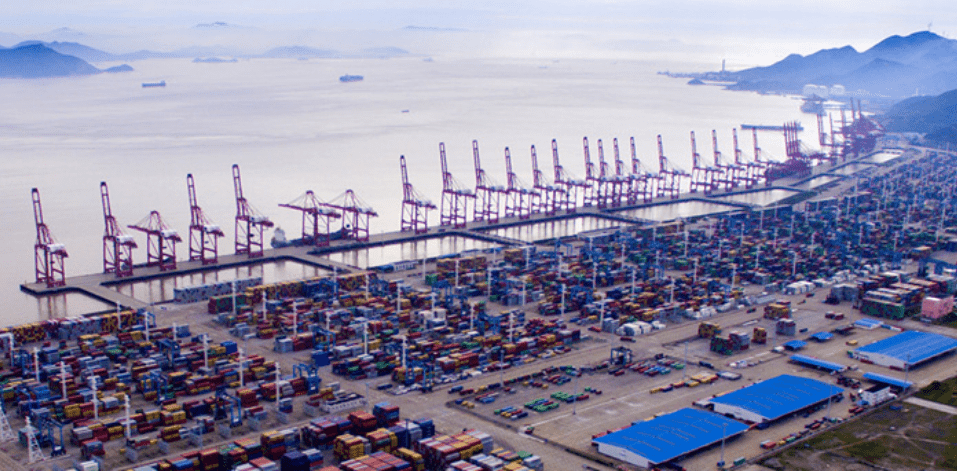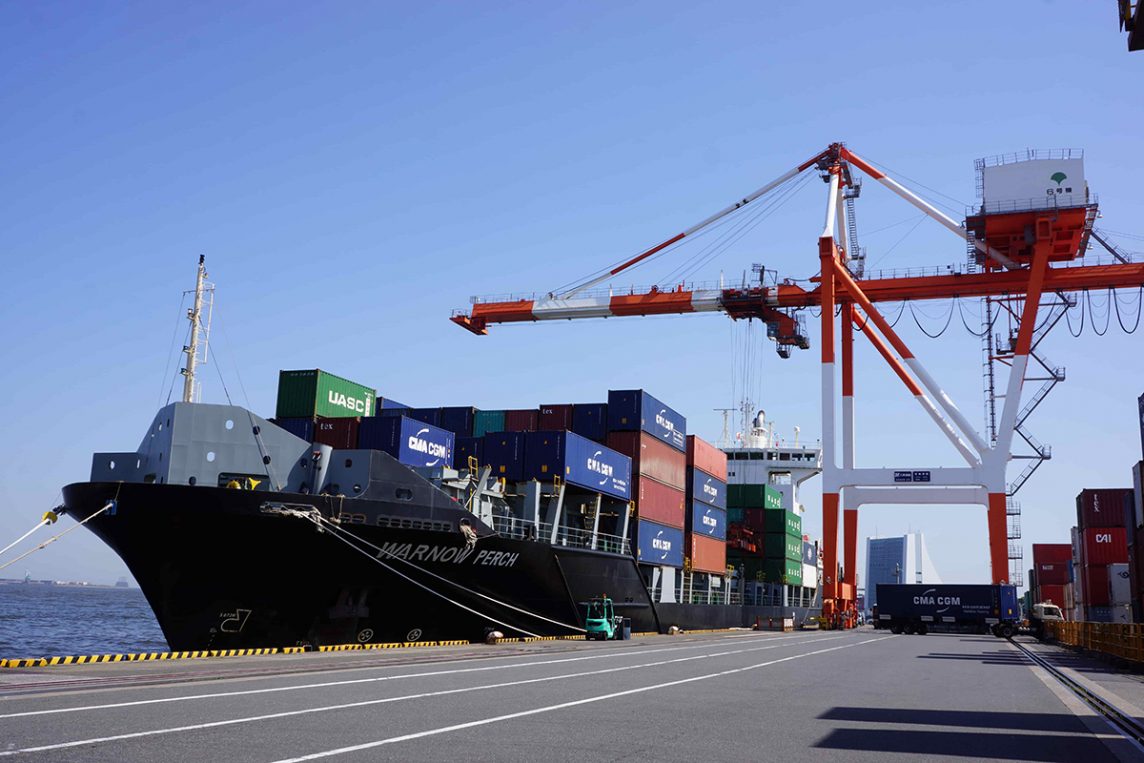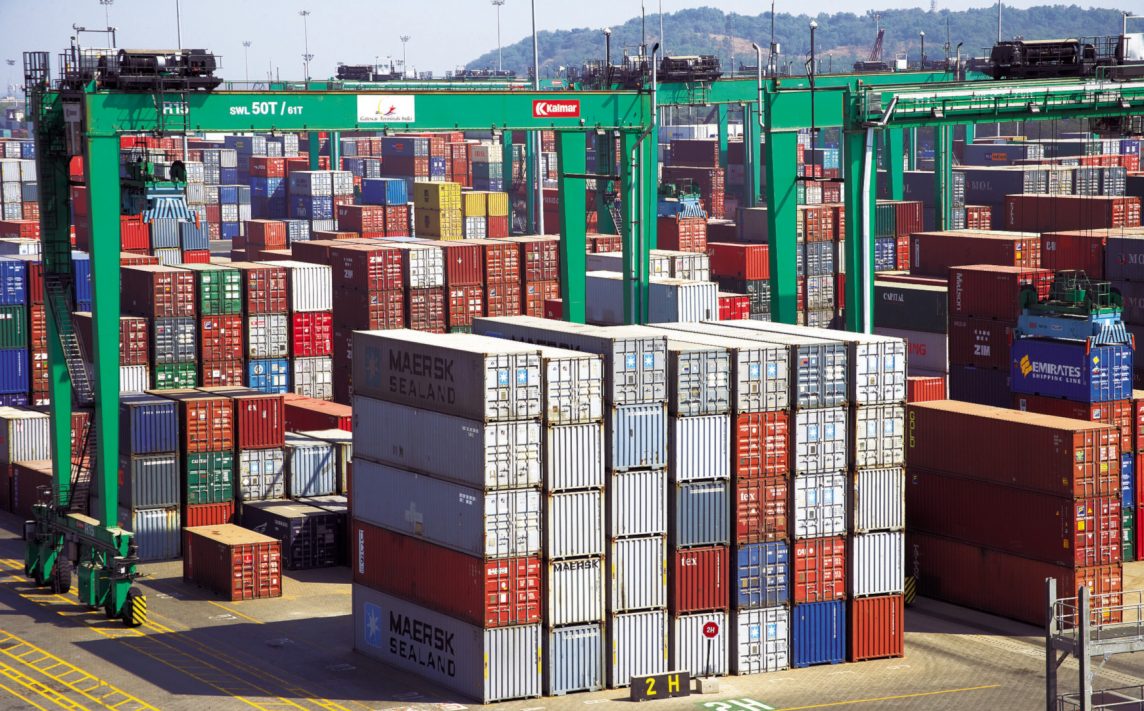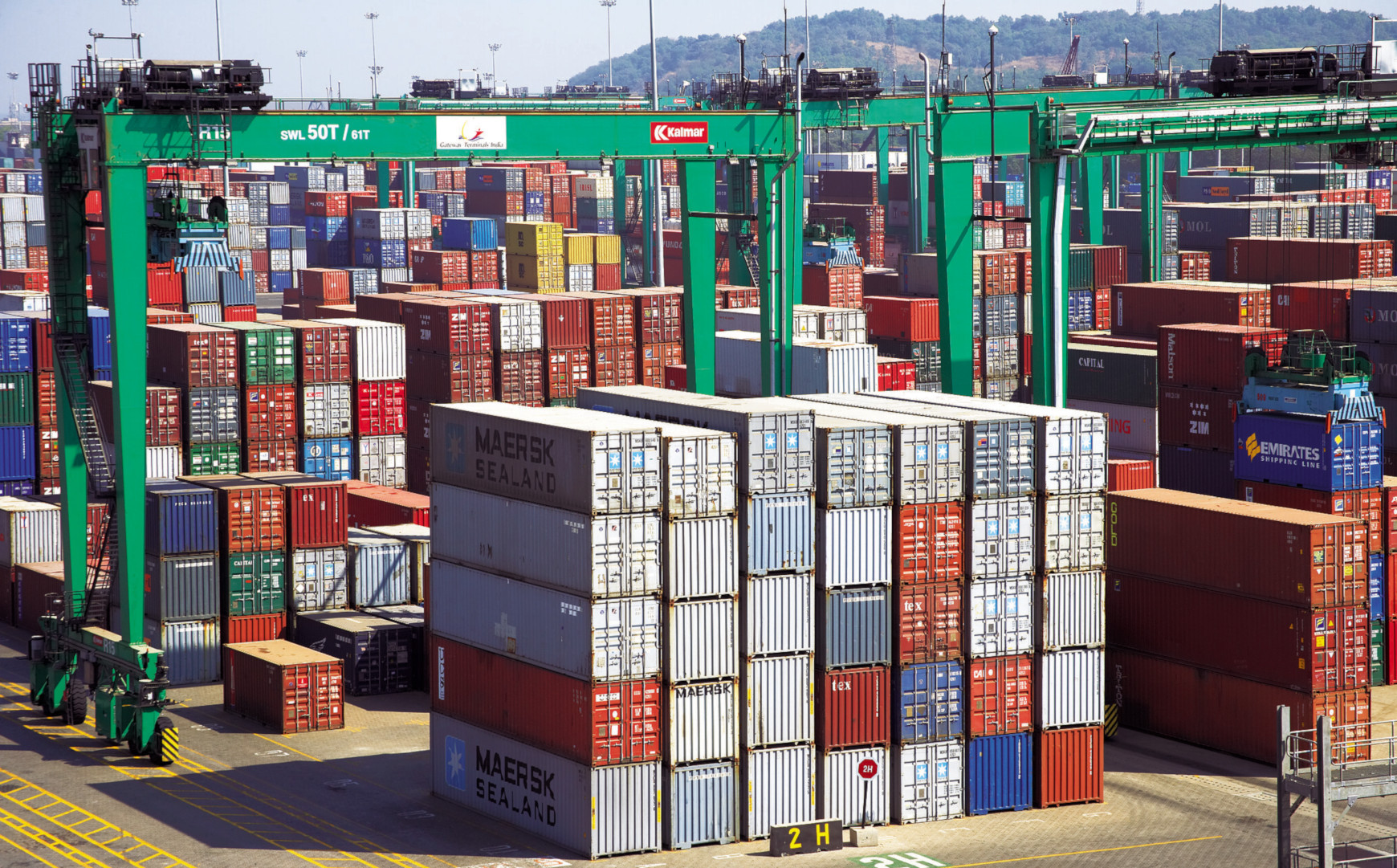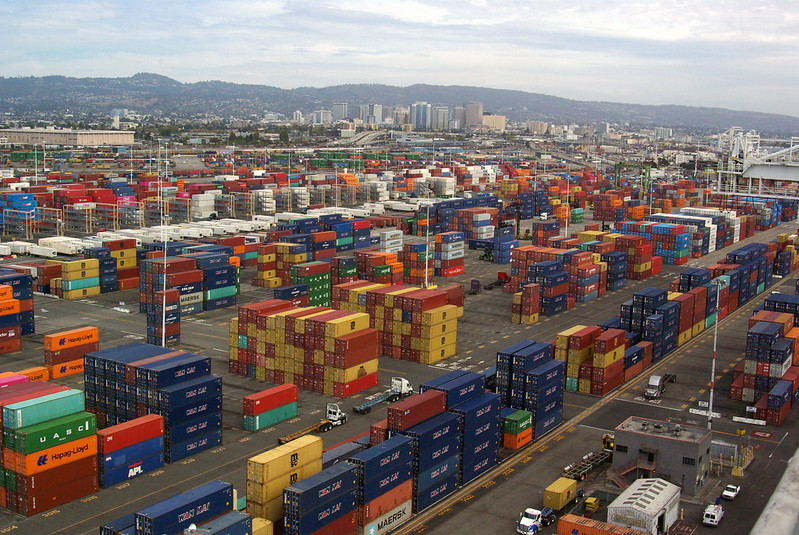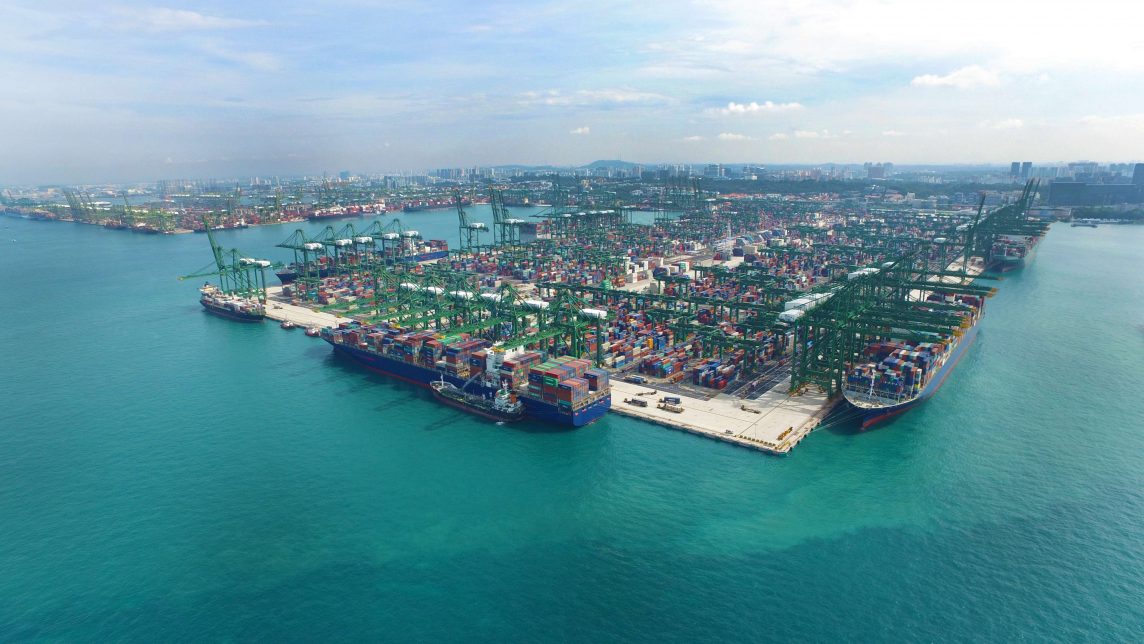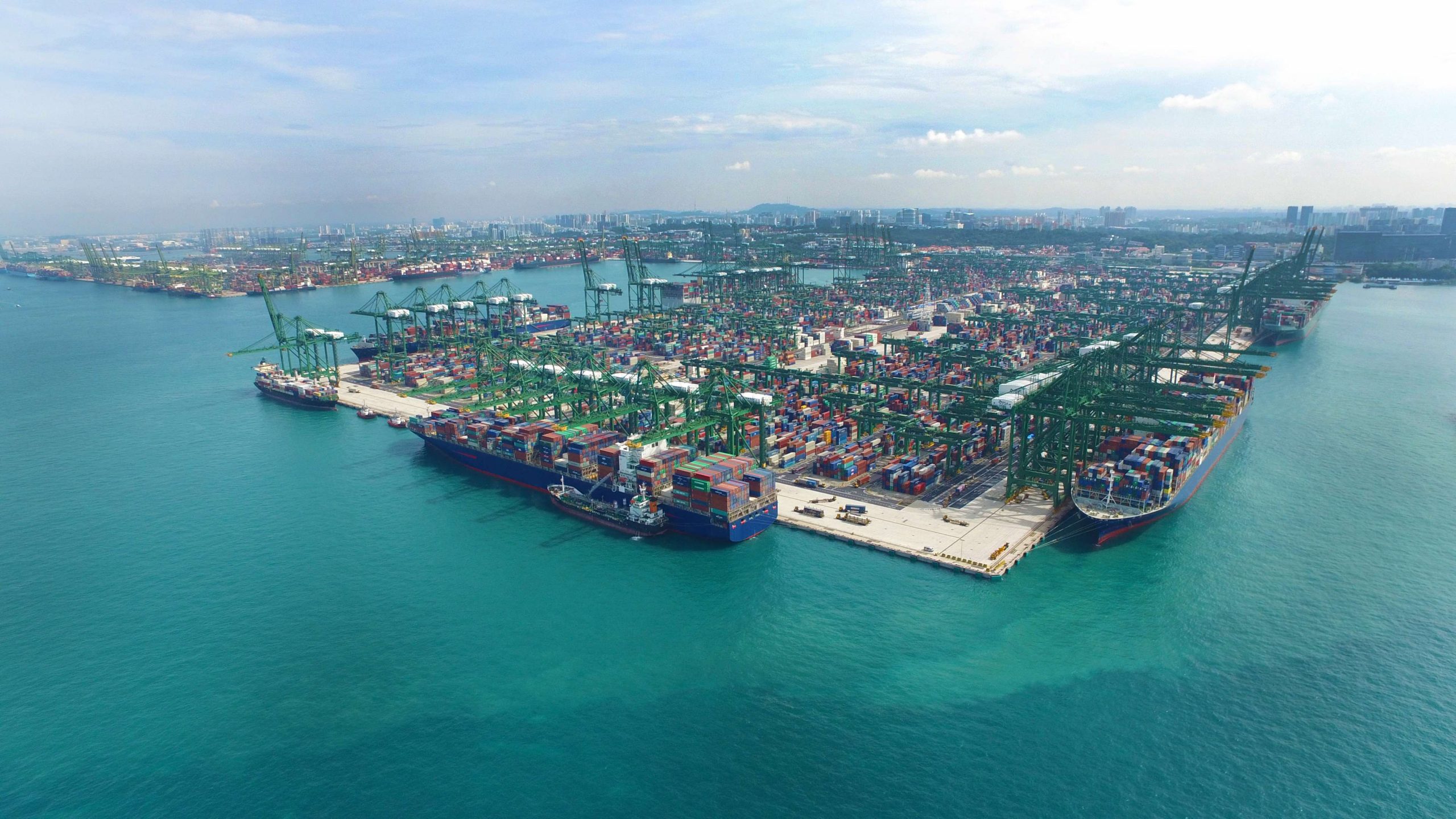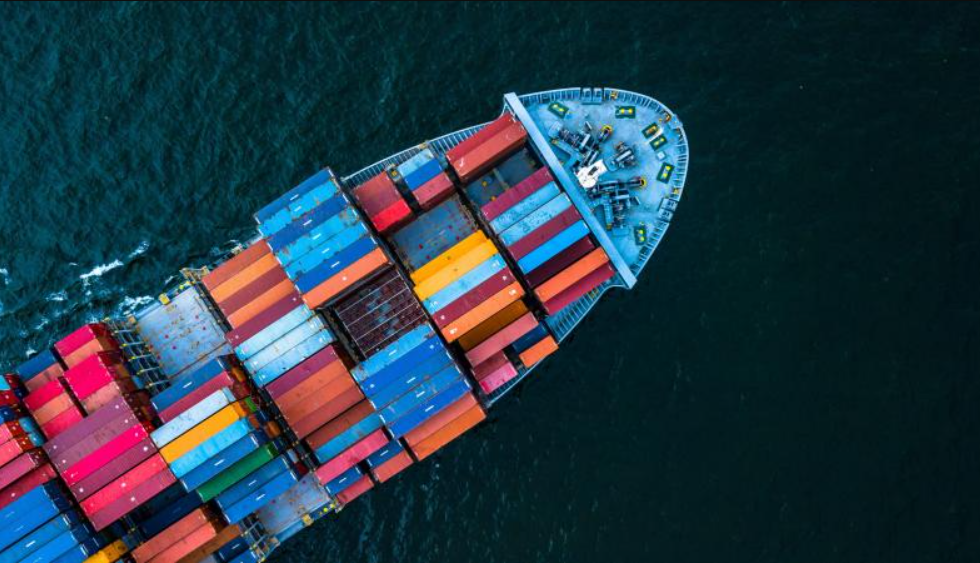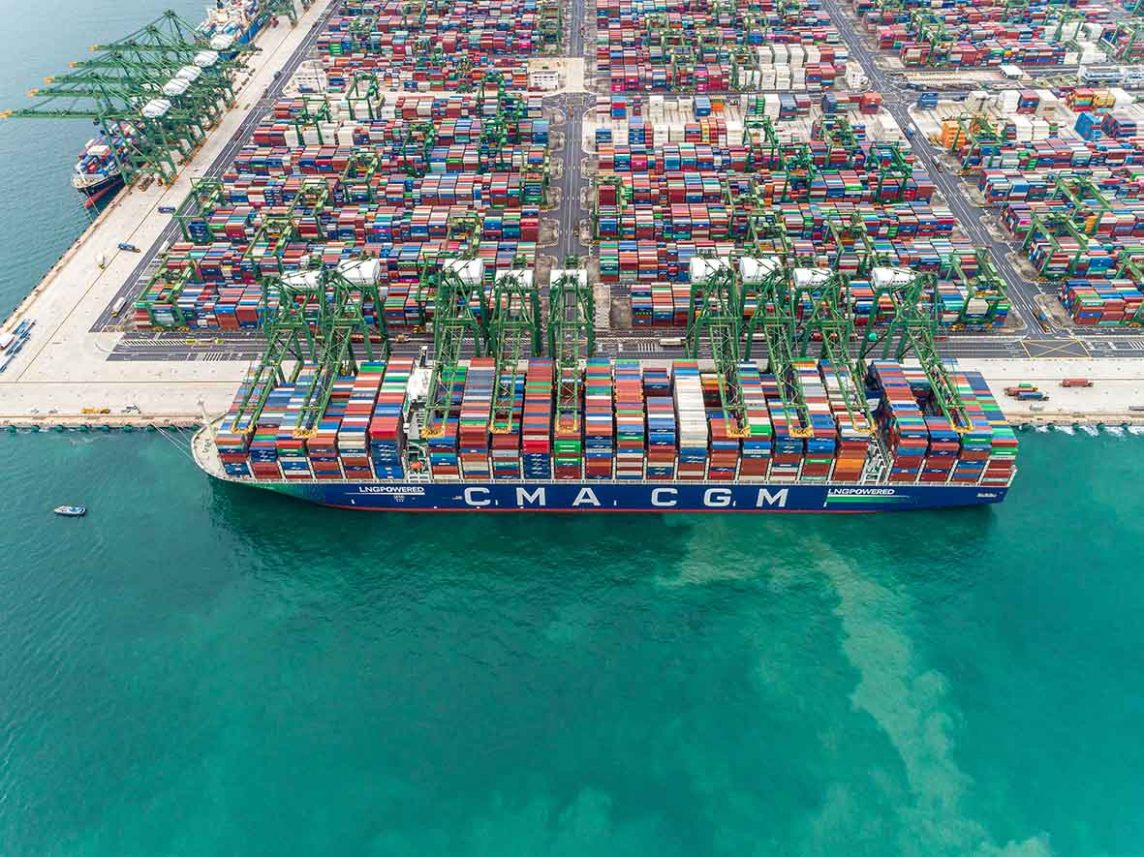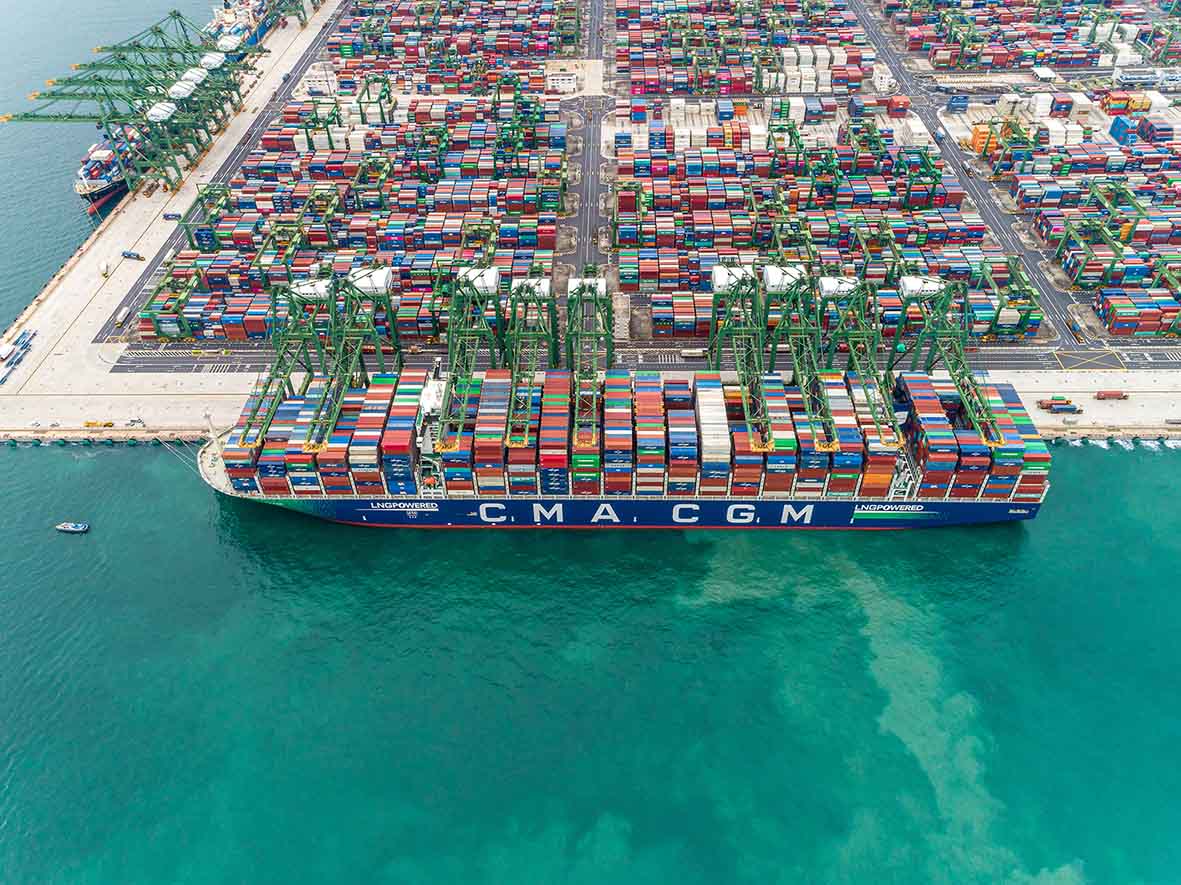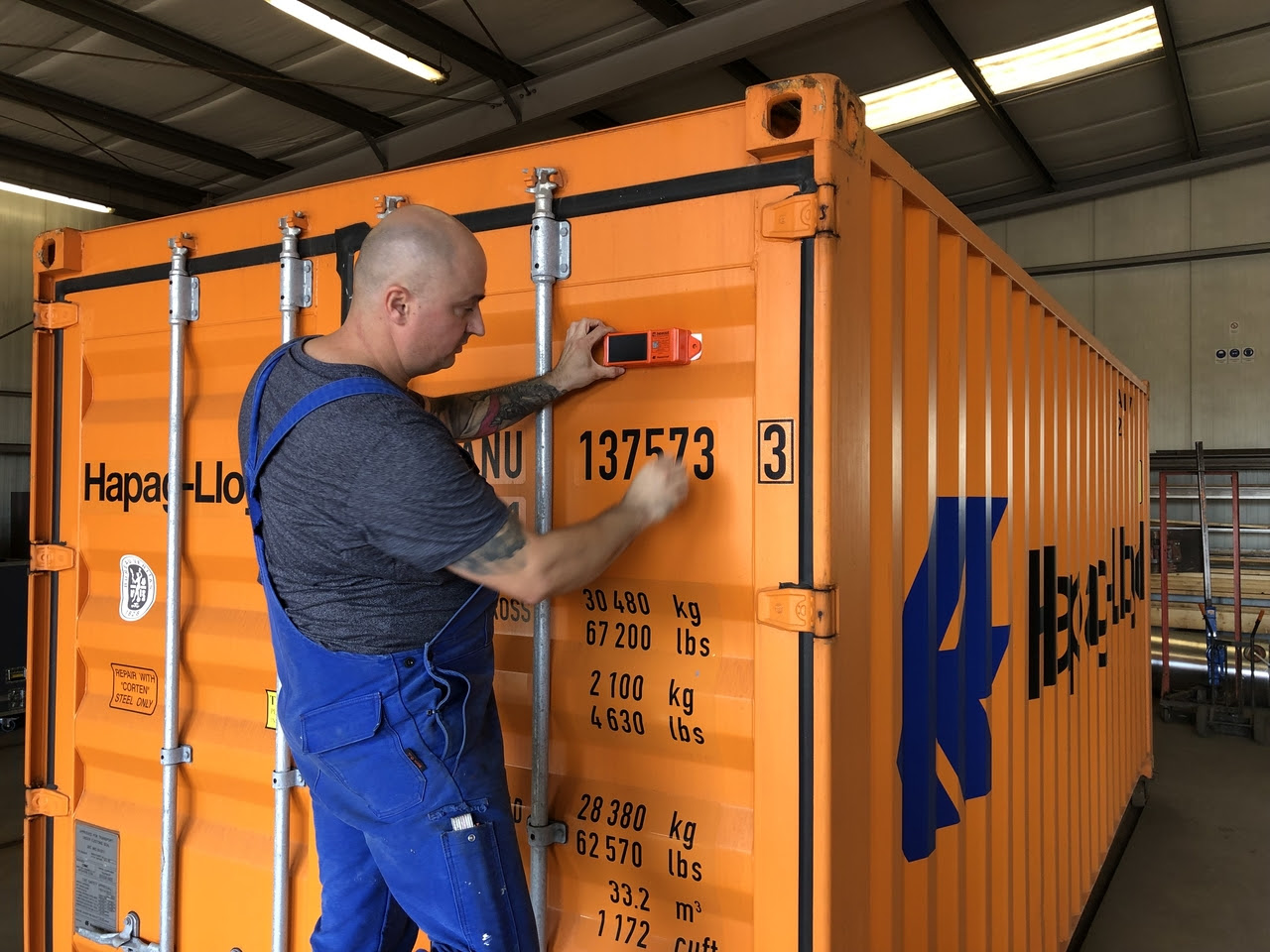
Hapag-Lloyd announced a General Rate Increase (GRI) from Asia, excluding Japan, to the West Coast of Latin America, Mexico, the Caribbean and Central America.
The new GRI will apply to cargo transported in 20’ and 40’ dry containers, including high cube equipment and 40’ non-operative reefers and will be effective from 16 October until further notice.
The German ocean carrier said it will increase its rates by US$250 per 20′ dry container and US$500 per 40′ dry container/40′ high cube container/40’ non-operative reefer.
Regarding the geographical scope of this rate increase, Asia includes China, Macau, South Korea, Thailand, Singapore, Vietnam, Cambodia, Philippines, Indonesia, Myanmar, Malaysia, Laos and Brunei and the West Coast of Latin America, Mexico, the Caribbean and Central America covers the following countries: Mexico, Ecuador, Colombia, Peru, Chile, El Salvador, Nicaragua, Costa Rica, Dominican Republic, Puerto Rico, Jamaica, Honduras, Guatemala and Panama.
Source: Container News
